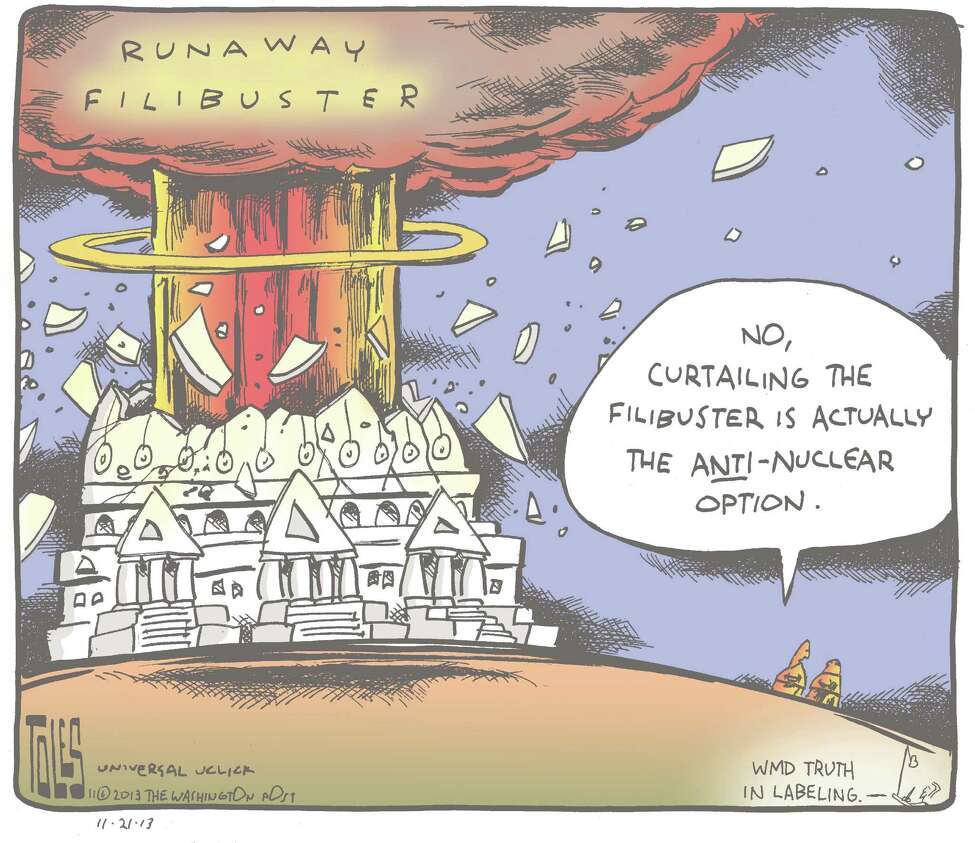

We examine the distribution of economic productivity across subnational regions as a factor explaining the level and allocation of central government expenditure. Elites may dominate political communication but hold no monopoly. Protester-initiated violence, by contrast, helped move news agendas, frames, elite discourse, and public concern toward “social control.” In 1968, using rainfall as an instrument, I find violent protests likely caused a 1.5–7.9% shift among whites toward Republicans and tipped the election. Counties proximate to nonviolent protests saw presidential Democratic vote share increase 1.6–2.5%. Evaluating black-led protests between 19, I find nonviolent activism, particularly when met with state or vigilante repression, drove media coverage, framing, congressional speech, and public opinion on civil rights.

Further, I hypothesize protest tactics influence how news organizations frame demands. I propose the concept of agenda seeding to describe how activists use methods like disruption to capture the attention of media and overcome political asymmetries. How do stigmatized minorities advance agendas when confronted with hostile majorities? Elite theories of influence posit marginal groups exert little power. In this analysis, we show that higher levels of localness among legislators and higher levels of electoral volatility in districts result in increased geographic representation. We empirically test and corroborate this argument for the German case on the basis of a content analysis of parliamentary questions in the 17th German Bundestag (2009–13). Second, these activities are motivated by individual‐ and district‐level characteristics that supplement electoral‐system‐level sources of geographic representation. First, legislators employ distinct opportunities to participate in legislative contexts to signal attention to geographic constituents without disrupting party unity. It emphasizes the role of geographic representation as a complementary strategy in party‐dominated legislatures that is characterized by two distinct features. This article, however, stresses that there is more to the representative process in European democracies than just its textbook version. Political representation in European democracies is widely considered partisan and collectivist. Our sample believed governance structures that combine technical expertise with local perspectives in a co-management framework may best withstand tests of time and controversy. According to our sample, sustainable coexistence strategies may require significant shifts in processes that remove mistrusted political influences vis-à-vis ballot boxes, courtrooms, commissions and legislative chambers. We found evidence for consensus on best management processes using a combination of science, local knowledge and participatory decision-making. Findings also indicated a general rejection of turning decision processes completely over to the general public, to courts, or to politicians who are perceived as lacking both technical knowledge and local insights. Respondents agreed that government biologists should make decisions while legislators and commissions received low agreement and less consensus. To gain insight into different viewpoints on governance regarding large carnivore conservation, we asked a global community of conservation professionals (n = 505) about their preferences for governance alternatives for carnivore conservation through an online survey.

Doing so can facilitate constructive discourses on managing and conserving carnivores across highly-variable social-ecological landscapes. Although academic debates are rich with recommendations for governance, practitioners' perceptions regarding decision-making processes have been rarely examined. Overcoming controversy requires greater understanding of preferences for decision-makers and processes as well as deeper beliefs about human-carnivore interactions. Efficacy, longevity and legitimacy of policies may often depend as much on process as the policy itself. Decision-makers range from neighboring landowners to the United Nations. Decision-making about large carnivores is complex and controversial, and processes vary from deliberation and expert analysis to ballot boxes and courtrooms.


 0 kommentar(er)
0 kommentar(er)
